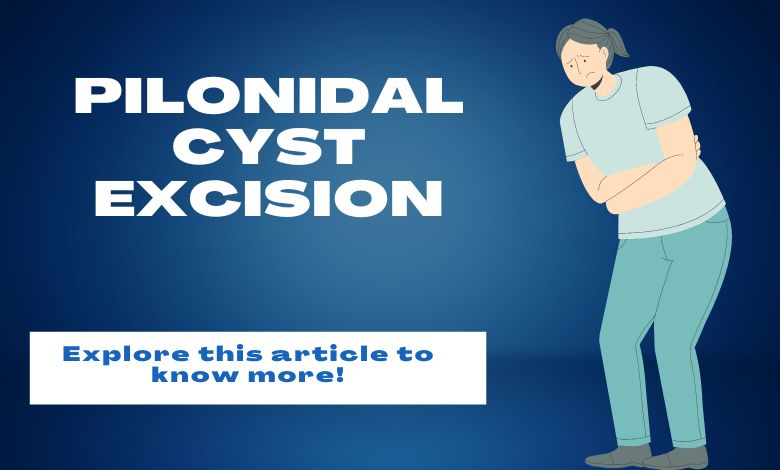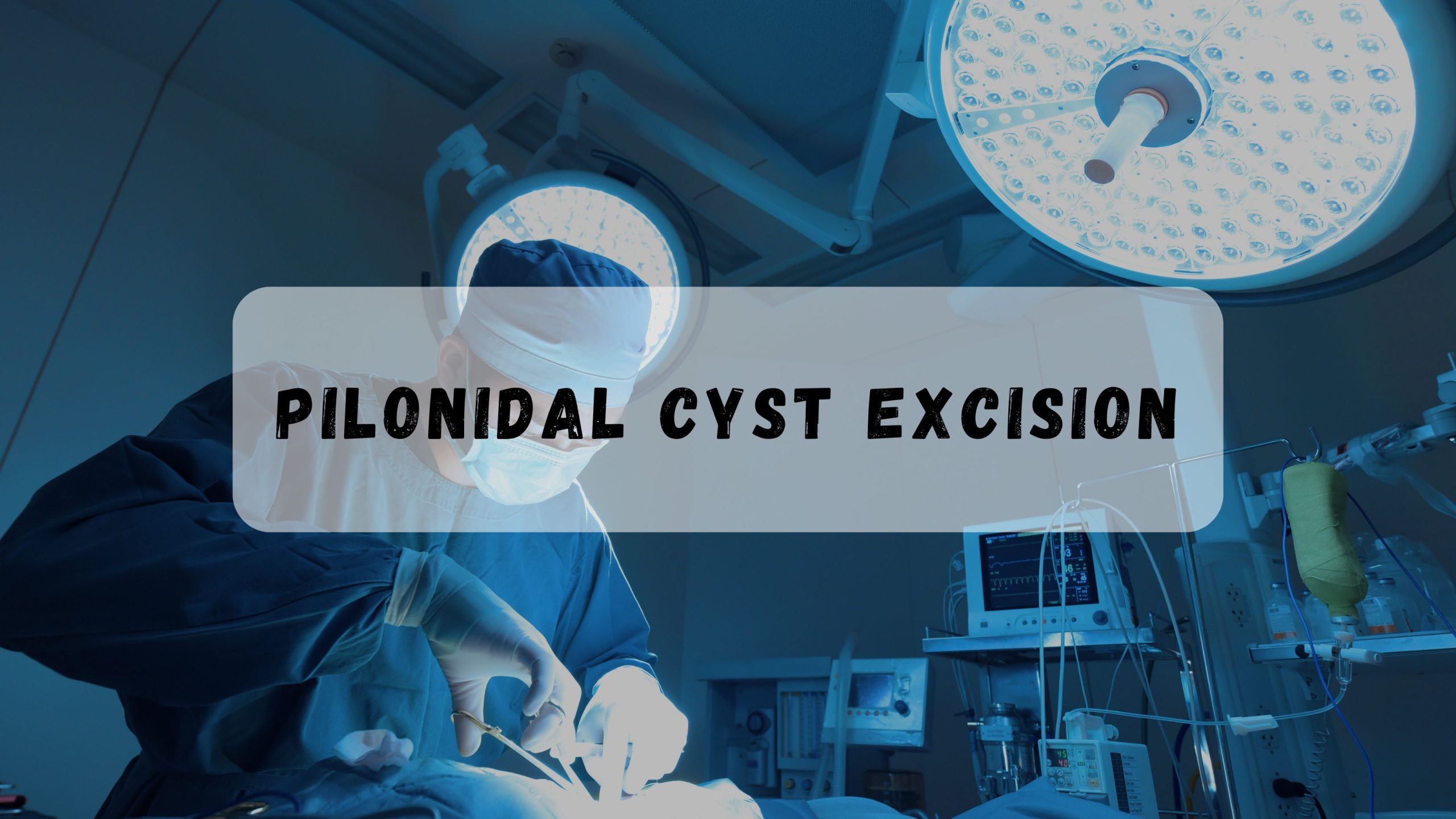How Does Pilonidal Cyst Excision Differ From Crystallized Phenol Treatment?

A pilonidal cyst is one of the common diseases that can be treated with surgical or non-surgical methods. Most patients want to have non-invasive solutions for their pilonidal cyst symptoms. However, depending on the condition and other factors, the expert may recommend a pilonidal cyst excision process. Modern treatments ensure low recurrence rates and faster healing. Another way to treat the sinus is phenol crystal. So, how does the cyst excision process differ from phenol crystal treatment? Let us describe both processes to give a clear idea.
Know about the crystallized phenol treatment for pilonidal cyst
A pilonidal cyst looks like a fluid-like pocket, which is developed at the base of the tailbone. If you have left the abnormal pocket untreated, there is a risk of having a pilonidal abscess. It makes the condition unsightly, and you may feel discomfort. The cyst will appear as a large pimple at the tailbone.
When an expert places the crystallized phenol in your pilonidal sinus, it liquefies. It causes irritation to the interior walls of your pilonidal sinus cavity. Moreover, it forces a reaction, which results in the closure of your cavity and sinus scarring. The biggest advantage of this process is that there is no need to undergo surgical treatments. However, crystallized or liquid phenol injections are effective only for treating mild and moderate pilonidal disease. Patients who want minimally invasive remedies for their cysts prefer this treatment.
Does phenol treatment cause any side effects?
Many patients have claimed that they have felt a mild burning sensation after undergoing the treatment. However, these signs will subside within 24 hours. But, you will not need to take any pain medications. You may need multiple phenol treatments to get the result. Nevertheless, some patients notice the improvement of the condition with 1 treatment.
Only some people have experienced irritation around the treated parts. The phenol liquid drains out of the part caused by the liquid phenol. Your physician will prescribe antibiotic ointments to alleviate the condition.
Treatments with crystallized phenol may cause only perioperative pain for a limited period. You will not need to stay in the hospital. You can resume your daily activities after undergoing the process. You can avoid complicated wound dressing. Better cosmetic results and swift recovery are the main advantages of the treatment. Closing the sinus openings without leakage issues triggers the healing process. Minimal discomfort is manageable with non-steroidal anti-inflammatory medications.
Should you consider pilonidal cyst excision?
Pilonidal cysts need to be fully excised. Incision and draining are the primary steps for treating acutely infected sinuses. Later, you need to undergo excision when the acute infection symptoms go away. The pilonidal cyst excision surgery process is effective if you have a well-defined sinus tract. However, there is a risk of lesions with the treatment.
During the post-operative preparation, the experts need to inject methylene blue to identify the condition better. The surgeon will conduct a dissection and find the sinus tracts. Some surgeons recommend undergoing this process a number of days before the main operation. It helps you avoid staining in a particular area.
Light anesthesia is needed for the surgical treatment. You have to be careful to ensure no obstruction in your airway. However, if there is an infection near your lumber, the surgeon will avoid applying spinal anesthesia.
Other ways to cure pilonidal cysts
Endoscopic treatment is a way to deal with pilonidal cyst symptoms. The certified surgeon uses a flexible, thin tube equipped with a camera. The endoscope enables your surgeon to check the pilonidal sinus. He uses small tools to clean and treat the area. In some cases, surgeons apply heat to prevent bleeding and allow recovery of pilonidal sinus.
The wounds created during this process are minor and heal within a short period. You will feel minimal discomfort while undergoing endoscopic treatment. It lets you resume your normal activities after a short time of having the treatment.
Limberg flap reconstruction is another way to treat the disease by removing the affected tissues and the sinus. The healthy skin at the bottom is moved to cover the part removed by the surgeon. However, you have to stay in the clinic for at least 2 nights. The surgeon stitches the wound, and he will remove these stitches after a number of weeks.
For modern surgeries, many surgeons make stitches that dissolve easily. You may speak to your surgeon to learn about the types of stitches used for the wound.
There are some more ways to deal with pilonidal sinus. Consult a reliable expert to deal with the condition.
Conclusion
From the primary closure to pilonidal cyst excision, there are different ways to treat the condition. Most commonly, the experts recommend surgical treatments for managing the symptoms of your pilonidal sinus. If you are looking for certified experts for the best treatment, you can contact Pilonidal Expert. It has a team of highly qualified professionals who know how to treat every patient. They will try to know about your pilonidal disorder and decide on the right treatment. They will also help you understand various treatment options.


